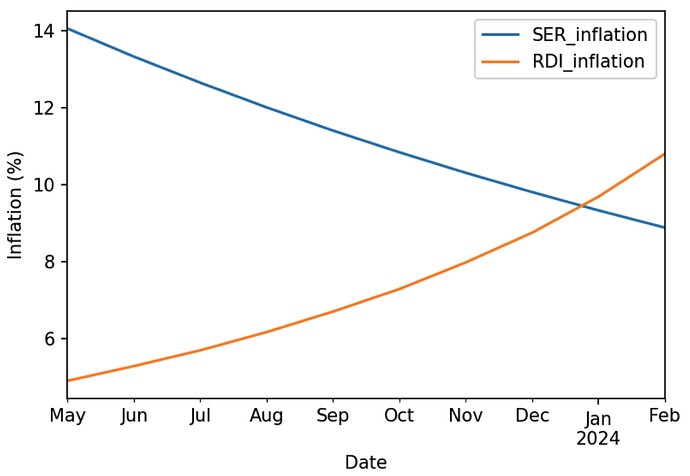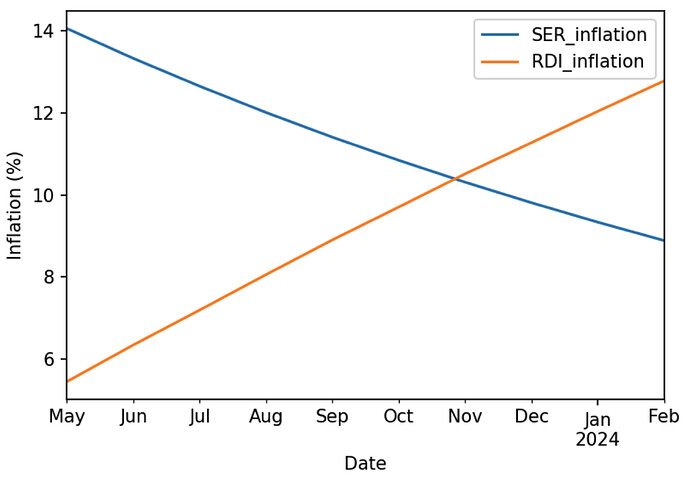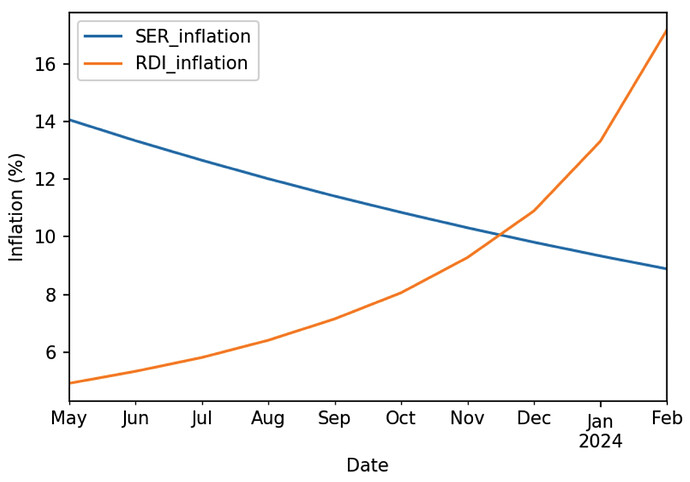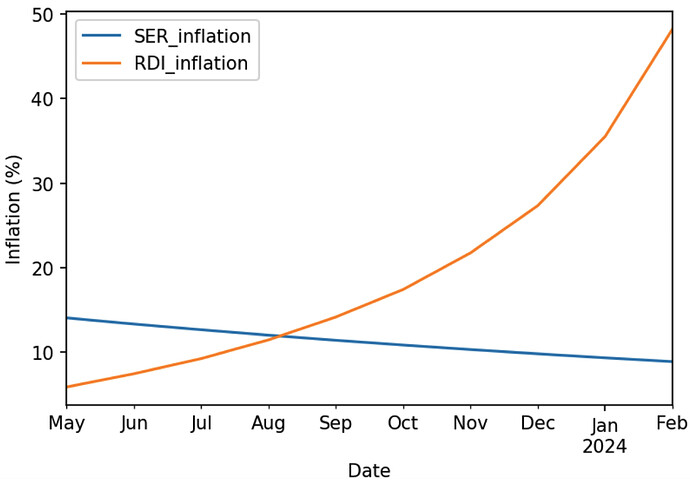Relay Pricing
Infura pricing is just used as an index since it’s the gold standard. Happy to average the relay pricing out with other reputable providers if you know any. I picked infura only because they are the oldest and they price their relays per quantity (same as us) and not by compute units.
You also misunderstood the relay pricing. 0.0002 is the “monthly price” for an average daily relay.
Infura charges $1000 per month for 5M relay daily. So that’s how that figure is calculated
$1000/5m = 0.0002 per relay
0.0002*1.2B = 240k USD emission monthly
Price per single relay comes out to be $1000/152m = 0.000006578947 per relay as calculated by @shane
This is 12% less expensive than PNI price per single relay.
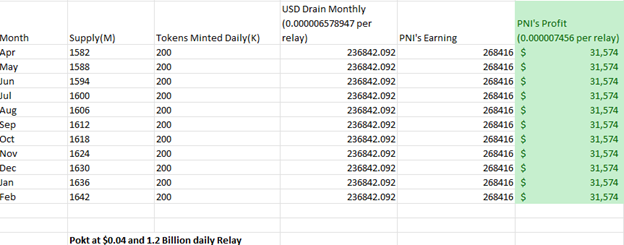
To customers our strength over infura is the variety of chains, especially archival, and more reliability against outages. Data integrity is our weak point.
Bounding minting with relay volume
All the relay growth were free relays, as PNI is shutting down free relays I expect growth of relays to be slow but compensated for. Our highest daily relay was 1.5 billion. Also from the graph, overall relays have not changed much since August of last year. Always going back down after touching 1.3 billion.
Link to Discord Post

Btw here is the emission at 1.5b, still not bad

A major problem with SER is, we can get to a point where USD emission will not be able to support the existing relays or growth of our relays. This is going to be disastrous for the network. Our bills and sales are in USD so should be our emissions
However, it is only slightly better for RDI, we can continue to run our network at least although inflation will go up. Overall, I agree it’s a problem for both, and we should not get to this stage which brings me to the next point.
Inflation Balancing
Nowhere in the proposal I mandated PNI buys off pokt from the market and burns it. I only “hoped” they could. I understand they have other expenses. This proposal only brings the finish line closer. PNI being able to buy/burn 50k-60k USD worth of POKT will make a greater impact than if they did it at 760k USD emission.
Also, the situation of pokt being at $0.01 and 1.2B daily relay needs to be avoided at all cost and we need to think ahead and start burning some from now or reduce the free relays. This applies to both SER and RDI but again that’s for later and it’s not part of this proposal
Network Cost and Node Running
The human cost comes from managing clients (bad staking mechanism) and forcing node operators to run all 15 chains(in three regions). Think of a scenario, let’s say I am running eth validator at my home, maybe I should also provide RPC to make some income from pocket network.
Those are the people we should target. They own their hardware, so they realize the full APR pocket network is providing instead of giving a chunk to ovh/hetzner etc.
Smaller ones who own their hardware will not die.
No node operator will give out 75% of rewards if this proposal goes through.
Regarding geomesh, we will still have that. Large Node operators can maximize their rewards vs. cost if they choose to run top 5 chains in all regions. Since the chains are the same, they will reduce their human cost and running a limited number of chains will reduce hardware cost.
This will leave out bottom chains for small node operators. We should also just let the pocket economy dictate if they want to run another chain in the same region or the same chain in a different region.
I don’t want to help small or large node runners; I want to reduce network costs. If a small node operator can run the chain on their home server for cheaper that’s good. Or if a large node operator owning hardware in colocation data centers can serve for cheap that is also good.
We should not discuss decentralization at this point. Let’s make this network work for customers and investors first!
Overprovisioning
We are overprovisioned by any metric you look at. Whether it is number of tokens staked or nodes. If you disagree with that, I have another metric for you. We currently have 62 distinct domains running ETH chains. 62 Eth chains for 500k daily relays tops? If I add in geo mesh that makes it worst. If you do this for chains having 100k relays and less, it is even worse.
Domains may share chains, but we will never know, but I assume just from experience that not many people are sharing, because with non-custodial staking you could simply delegate your tokens in a safe way. Also, CC is not live yet.
Let me know if I missed anything, or you have some other concern.




